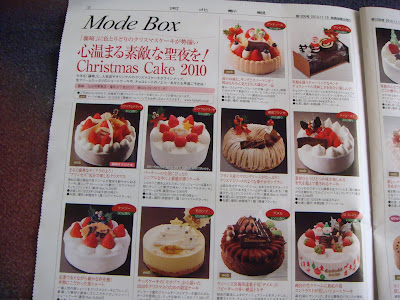In this picture of the bridge that carries the road to Izumi Chuo, the most built up area and the last stop on the subway, you can see the narrow paved path along the riverside. It is a very pleasant walk, but on this day I was headed to my art class so I could not go in that direction.
 After going under the bridge, you can see a bit of it in the top left of the next picture, you arrive at the south end of the soccer stadium, which is supposedly world class for its size (about 20,000 max).
After going under the bridge, you can see a bit of it in the top left of the next picture, you arrive at the south end of the soccer stadium, which is supposedly world class for its size (about 20,000 max). To get to my art class, I have to climb the stairs up to the main road, and to get to the stairs I have to pass the service area of the stadium. It is interesting because you can see all the way into the pitch, getting a good idea of the current state of the grass.
To get to my art class, I have to climb the stairs up to the main road, and to get to the stairs I have to pass the service area of the stadium. It is interesting because you can see all the way into the pitch, getting a good idea of the current state of the grass. After climbing a flight of stairs you arrive on the waiting area outside the east entrance to the stadium. The road and its sidewalk run along beside and below this area. As I took this picture a police officer on a bicycle passed. He is the one with the white stripes on a blue uniform. There is a large police station just a couple of hundred meters up the road.
After climbing a flight of stairs you arrive on the waiting area outside the east entrance to the stadium. The road and its sidewalk run along beside and below this area. As I took this picture a police officer on a bicycle passed. He is the one with the white stripes on a blue uniform. There is a large police station just a couple of hundred meters up the road.
















































